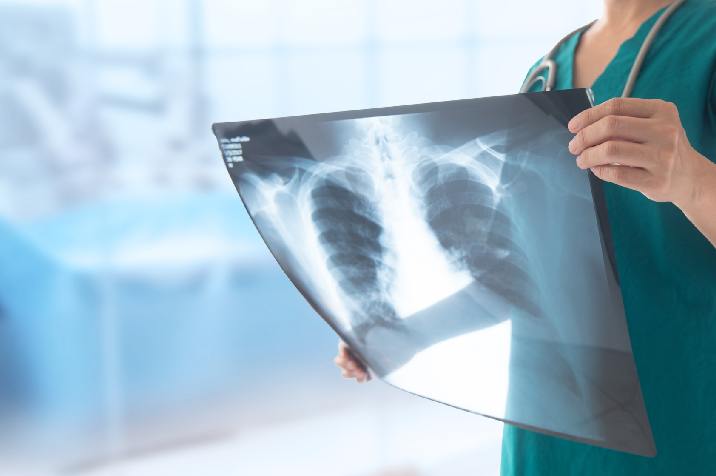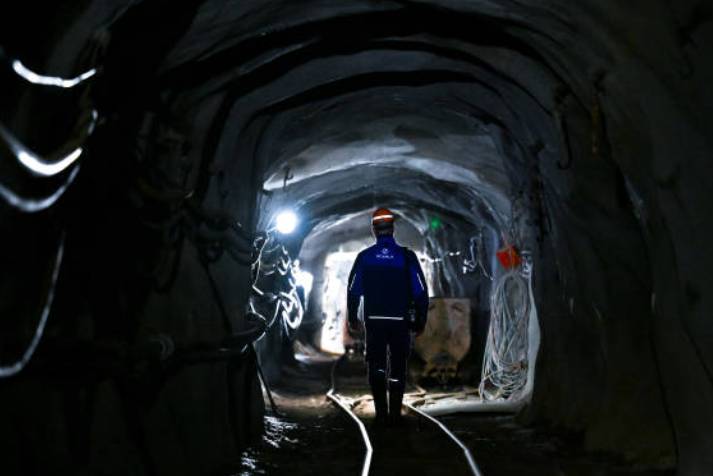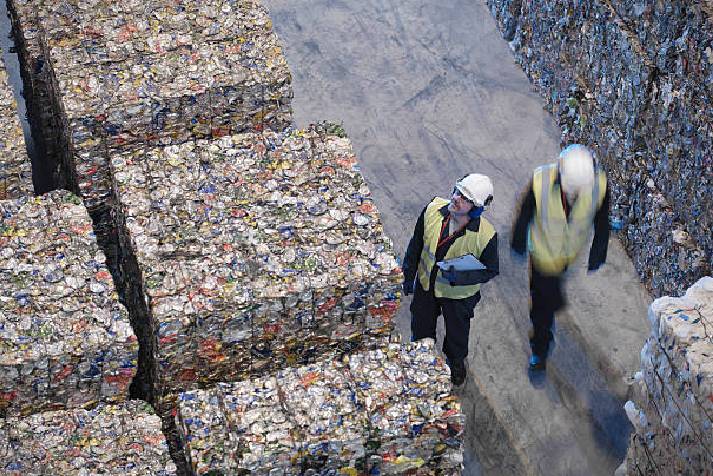Industries

Industrial Radiography
Nuclear Physics


Medical Radiography

First Responders
Homeland Security


Mining
In the uranium mining industry, pen dosimeters and other active survey meters play a critical role in monitoring workers’ exposure to ionizing radiation, particularly from radon gas and its progeny, as well as long-lived radioactive dust (LLRD). Here’s how they are used and why they are essential:
- Radon gas is a significant health hazard in uranium mines due to its radioactive decay products, which can lodge in lung tissue and cause damage.
- Passive dosimeters provide individual exposure data, which is crucial for occupational safety and regulatory compliance.
- They help ensure that workers do not exceed dose limits set by national and international radiation protection agencies
Recycling
Radiation detection in the scrap and recycling industry is a critical safety and compliance measure due to the risk of radioactive materials entering the metal stream. These materials can originate from orphan sources, medical equipment, industrial gauges, or Naturally Occurring Radioactive Materials (NORM) and Technologically Enhanced NORM (TENORM).
Cleanup from contamination incidents can cost millions.
Facilities may be forced to shut down for days or weeks, leading to lost revenue and reputational damage.

